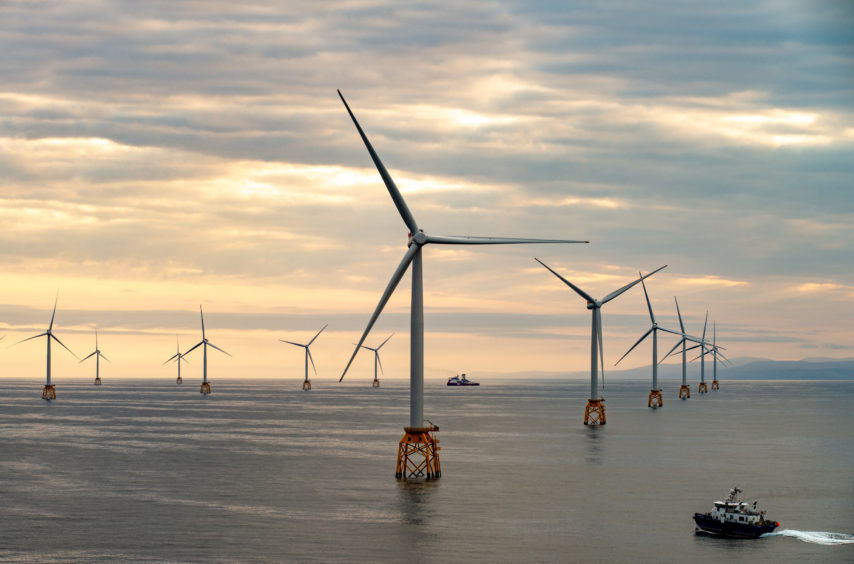
Energy firms have united on plans to create a multi-billion pound “electric superhighway” cable link in the North Sea.
The Eastern Link plans will see hundreds of miles of electric cables laid, from Peterhead and Torness in Scotland, to Selby and Hawthorn Point in England, to boost the UK’s capacity for renewable energy.
Developers SSE, National Grid and Scottish Power said it will support hundreds of green jobs during construction and operation, and make the region the “power house of Europe”.
The trio said the North Sea electric superhighway will play a “vital role” in net zero, making the announcement as they were confirmed as principal partners for the COP26 climate conference in Glasgow next November.
Eastern Link, covering more than 270miles, will have a 4 gigawatt (GW) combined capacity for green electricity, enough to provide power for 4.5 million homes.
It comes following a UK Government pledge last month to deliver 40GW of offshore wind by 2030.
Survey works for the cable link have already started, with construction slated to get underway in 2024.
The Scottish east coast is already home to 1GW of operational wind farms, with a further 4.4GW in the pipeline and up to 10GW predicted following the ScotWind leasing round in the summer.
One of the main partners, SSE, is behind the likes of the Seagreen wind farm off the Angus coast, which will be the largest in Scotland on completion.
Alastair Phillips-Davies, chief Executive of SSE, said: “The development of the East Coast link is one of the most exciting energy developments over recent decades and is essential to delivering the UK’s 40GW offshore wind target by 2030 and critical to our own commitment to build a network for net zero emissions.
“With the eyes on the UK ahead of COP26 next year, this project clearly demonstrates how the UK is leading the world in tackling the climate emergency and supporting thousands of jobs and supply chain opportunities.”
Recommended for you

